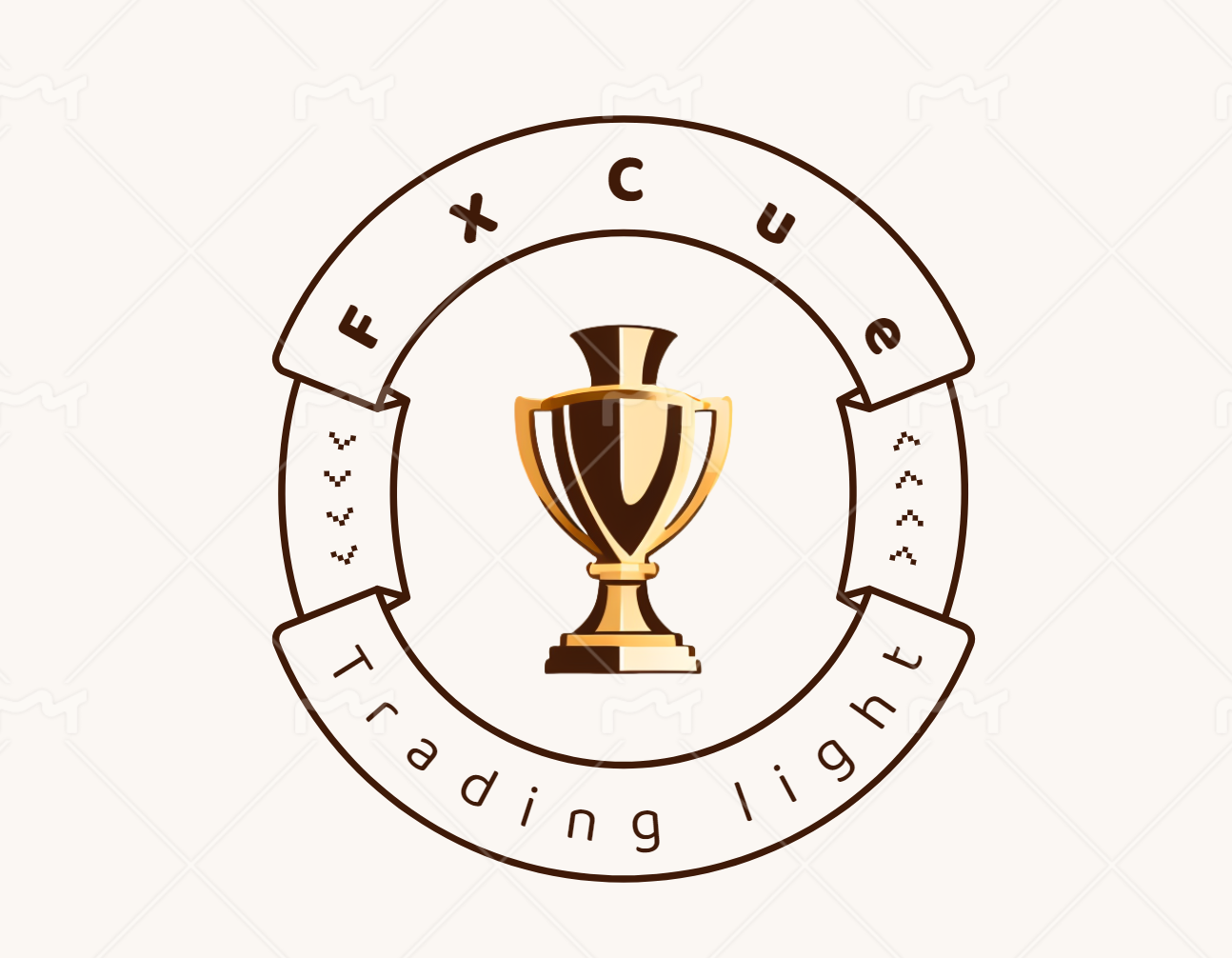The Federal Reserve is caught in an epic dilemma, with hidden dangers behind the surge in interest rate cuts in June
While Federal Reserve officials are still struggling with the combination of the "inflation demon" and the "economic winter," the market is already betting with real money on a rate cut in June. This century long game between monetary policy and market expectations is pushing global investors into an unprecedented decision-making maze.
1、 Policy deadlock: The Federal Reserve's' wait for the wind 'strategy
In the bright spring of May, Federal Reserve officials collectively fell into a policy winter. Several heavyweight decision-makers have recently issued clear signals to maintain the current interest rate range of 4.25% -4.50% unchanged. Behind this' no action 'strategy is waiting for two key indicators: either seeing concrete evidence of sustained inflation falling towards the 2% target, or witnessing clear signs of deterioration in the job market.
The "cone of possibilities" theory proposed by Cleveland Fed President Hamack on Wednesday (April 30) is sparking heated discussions in the policy circle. This term, full of geometric beauty, actually depicts the terrifying scenario faced by the Federal Reserve - the possibility of sustained high inflation and slowing economic growth occurring simultaneously. Like a carriage driver standing at a crossroads, the Federal Reserve will eventually have to make a life or death decision between "continuing to raise interest rates to combat inflation" and "urgently cutting interest rates to save the economy".
2、 Market Riot: Wall Street's Interest Rate Reduction Carnival
Just as policy makers remain cautious, gamblers in the financial market have already started a carnival. The astonishing data released on Wednesday showed that the annualized quarterly rate of US GDP in the first quarter unexpectedly shrank by 0.3%, and the month on month growth rate of the core PCE price index suddenly came to a halt in March. These two heavyweight bombs instantly ignited the enthusiasm of traders to cut interest rates. The futures market showed that the probability of a rate cut in June soared to 75%, and even boldly predicted that a cumulative rate cut of 100 basis points would occur throughout the year.
But savvy Wall Street veterans know full well that this gamble hides a deadly trap. The PGIM fixed income team pointed out that "the current 3% core inflation is like the Damocles sword hanging over our heads, and what's even more frightening is that the shock wave of Trump's tariff bomb has just begun to spread." Retailers are gearing up to pass on the surging import costs to consumers, which could lead to another surge in inflation in the summer.
3、 Economic fog: artificially created 'stagflation' storm
Gregory Daco, Chief Economist of EY Parthenon, describes the current economic predicament as a "man-made supply shock". Behind the contraction of GDP in the first quarter is the statistical distortion caused by companies' crazy imports before the tariff limit. But lifting the veil of data, what is even more worrying is the sudden stall of the consumer engine - the growth rate of consumer spending has halved from 4% to 1.8%, forming a two pronged relationship with the booming investment of enterprises.
Pantheon Macro economists have issued a warning: 'If tariffs are implemented as scheduled in July, the US economy will fall into textbook style stagflation.' This death spiral of policy uncertainty, market volatility, and trade barriers is tearing apart the hope of a 'soft landing'. The temporary relaxation of car tariffs is like the calm before a storm, any mishap at the negotiating table could trigger a chain reaction.
4、 Decisive moment: Data battle before the June meeting
As the May employment data is about to be released, the Federal Reserve has entered its most sensitive policy observation period. Although the market generally expects the unemployment rate to remain at a historical low of 4.2%, any slight crack in the job market could become the last straw that breaks the camel's back. Policy makers are examining every economic indicator under a microscope, especially the abnormal fluctuations in short-term inflation expectations - which may be an early signal of the resurgence of price pressure.
Fixed income market veteran Tom Porcelli warns: 'We are playing a dangerous waiting game.' With the impact of tariffs yet to fully manifest, the Fed's wait-and-see strategy is like dancing in a volcano. Whether choosing to prioritize suppressing inflation or rescuing the economy, it could trigger another disaster.
Conclusion:
This century long monetary policy dilemma is rewriting economics textbooks. When political games, trade conflicts, and cyclical turning points are rarely simultaneously activated, every decision made by the Federal Reserve may become a historical turning point. The huge gap between the market's wild expectations of interest rate cuts and policy reality heralds an epic long short battle in the coming months.
Tips:This page came from Internet, which is not standing for FXCUE opinions of this website.
Statement:Contact us if the content violates the law or your rights
